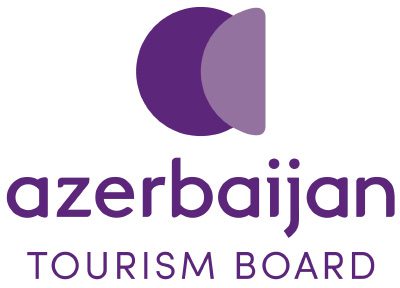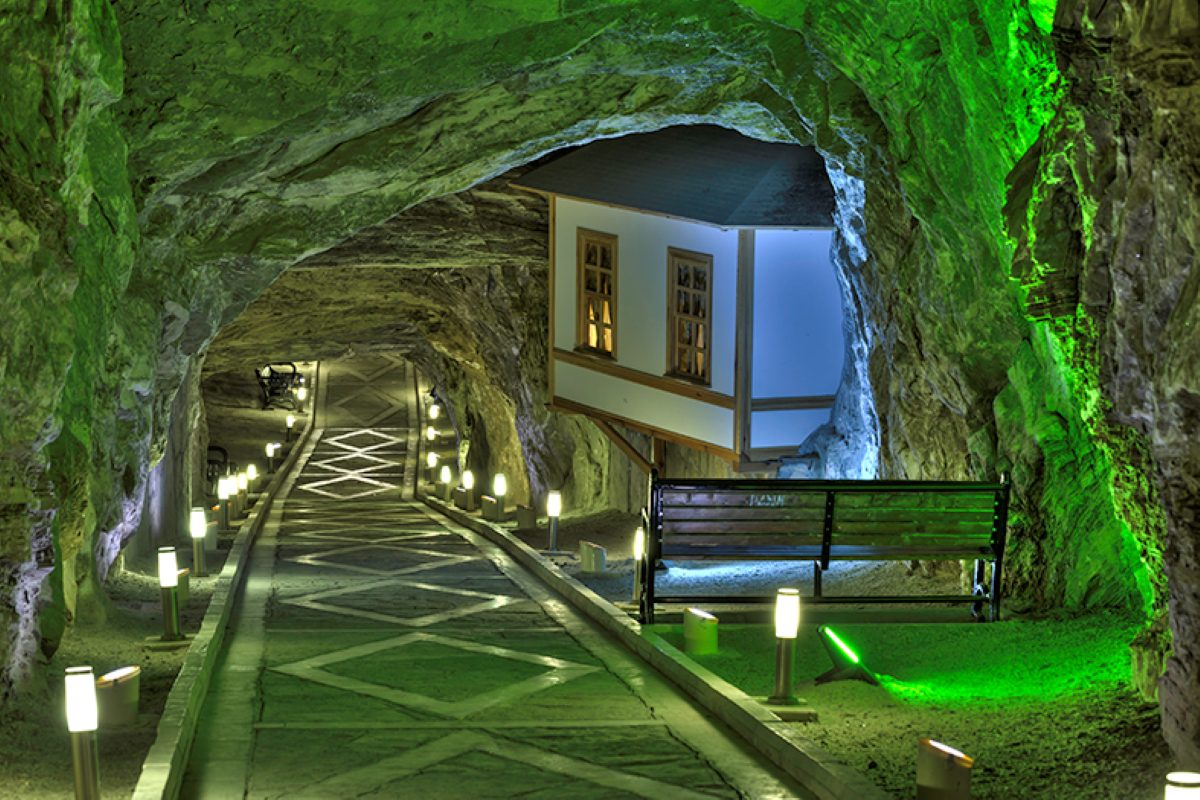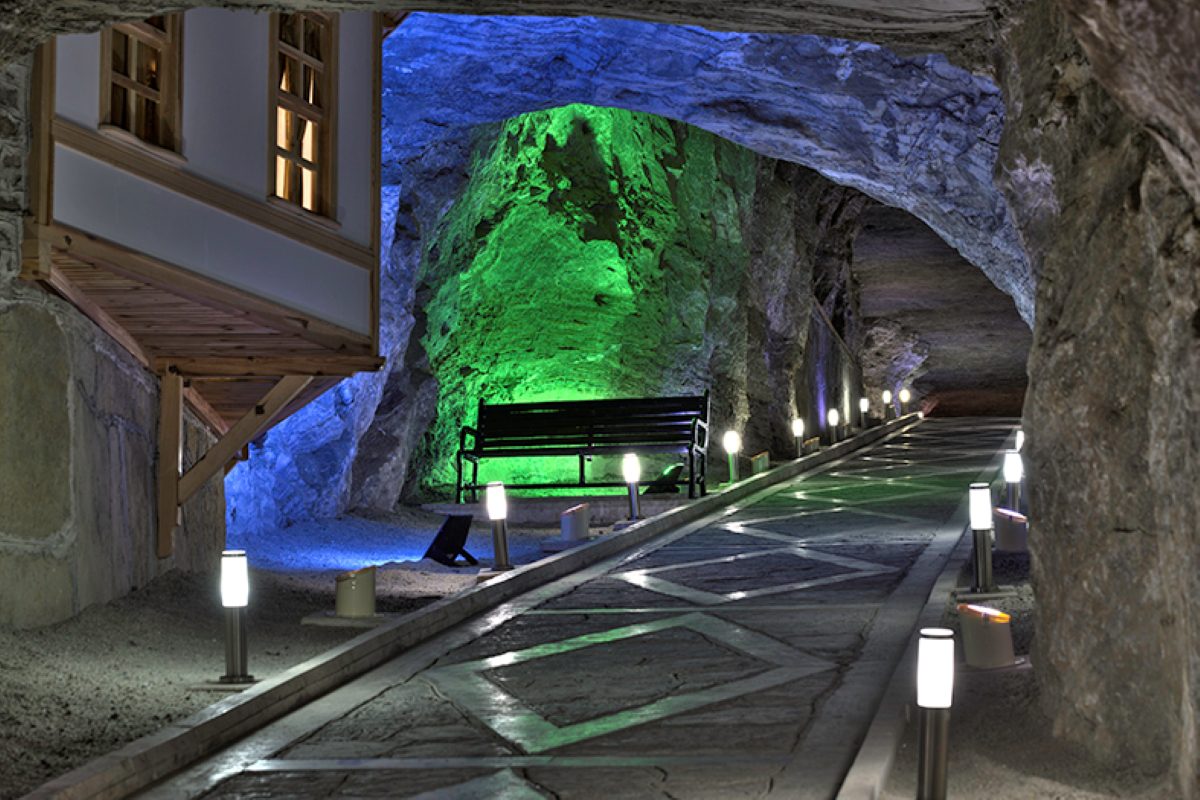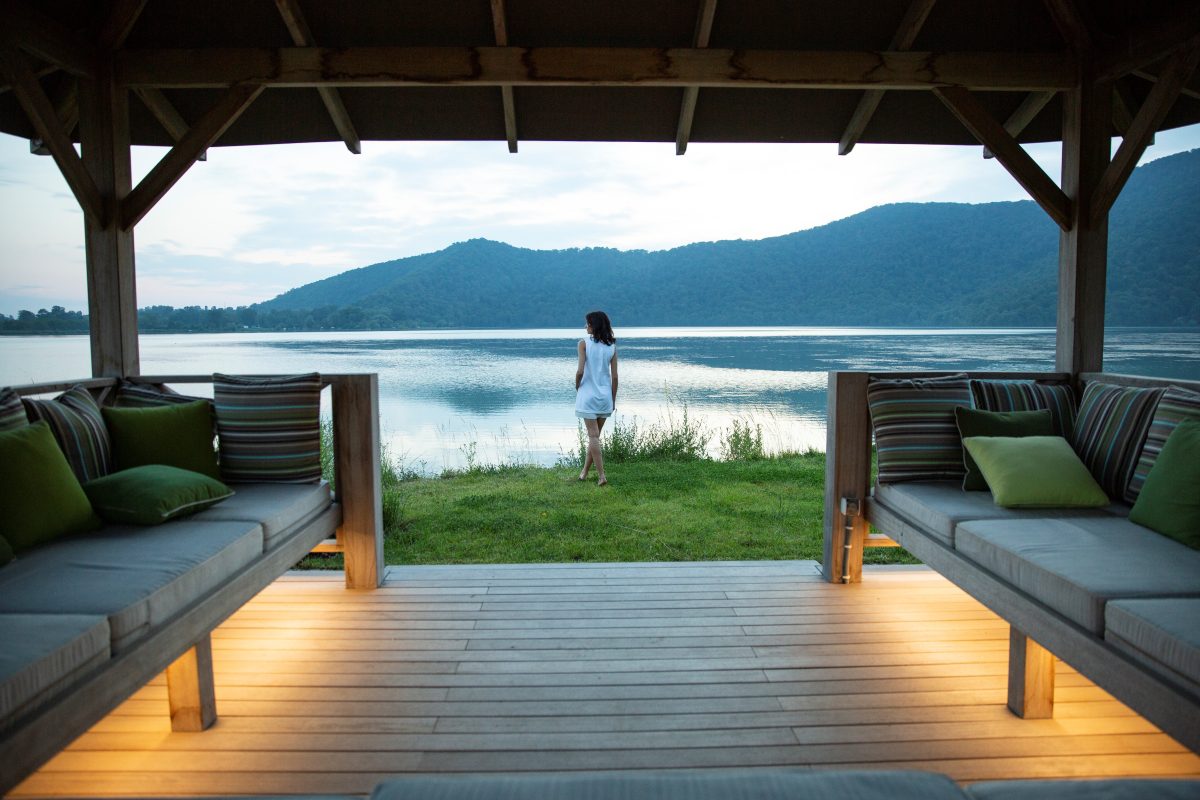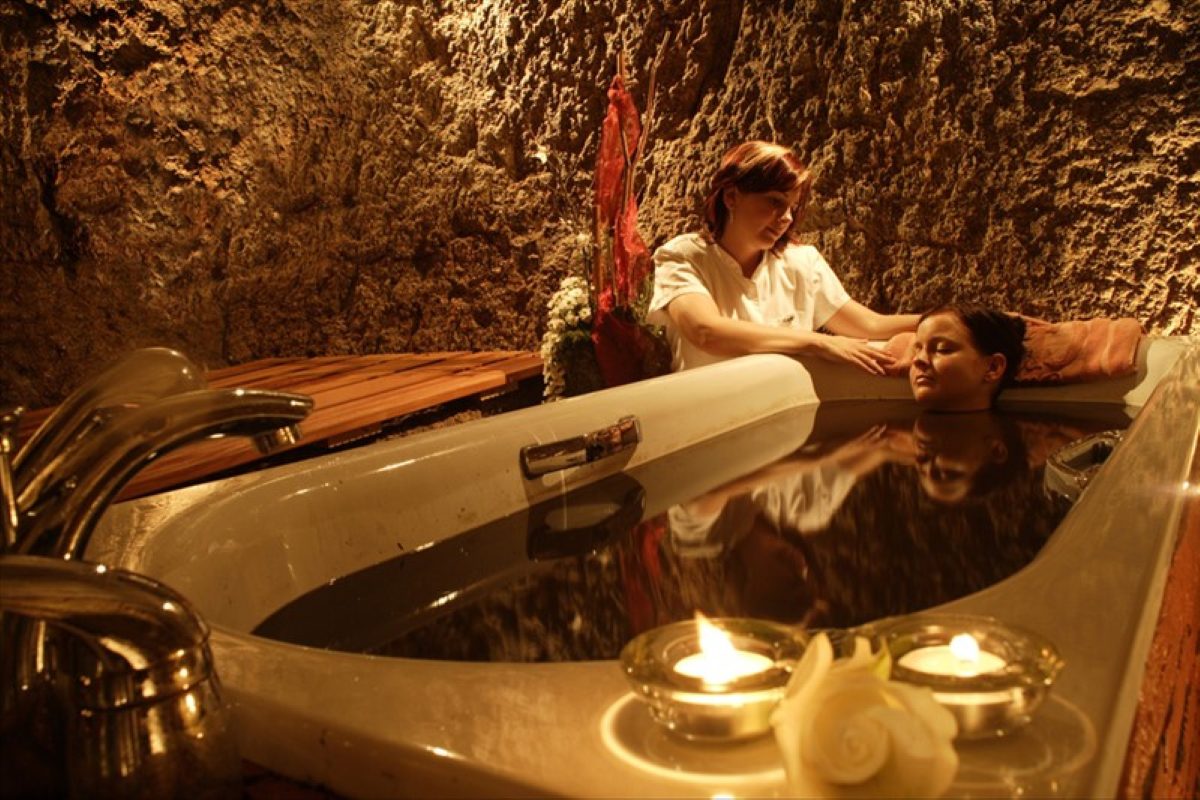Skift Take
At a time when sustainability, social distancing, and reconnecting with the environment are key priorities for travelers, Azerbaijan offers a number of unique ways to experience its natural riches.
This sponsored content was created in collaboration with a Skift partner.
Boasting a prime location, warm climate, and one of the most stunning and diverse natural landscapes in the world, it’s no wonder that Azerbaijan is poised to become one of the world’s top destinations for eco-minded, outdoor-loving, wellness-seeking travelers. With mountains, volcanoes, gorges, waterfalls, forests, and sandy beaches along the Caspian Sea, socially distanced tourism is not just easily accessible, it’s exhilarating.
But along with ample opportunities for such nature-focused activities as hiking, camping, birdwatching, biking, skiing, beach-going, and horse riding, travelers have a chance to develop an even deeper appreciation for the country and sample a variety of experiences that harness the restorative effects of nature itself.
DUZDAG SALT CAVES IN NAKHCHIVAN
For centuries, people around the world have been studying the rejuvenating powers of salt. In Azerbaijan, salt therapy is said to have positive effects on asthma, allergies, and other respiratory conditions, as well as a variety of other ailments including aging skin.
Salt therapies are offered in health resorts all over Azerbaijan, but the most iconic of them all is located in Duzdag, 12 kilometers from Nakhchivan City. At an altitude of 1,173 meters above sea level, Duzdag, or ‘Salt Mountain’, is a former salt mine, thought to contain some 130 million tons of the clearest and purest natural salt in the world.
Today, the complex of tunnels — burrowed 300 meters into the mountain, 110 meters below ground — are part of the Duzdag Physiotherapy Center, one of the world’s most impressive salt therapy centers. There’s an affiliated above-ground well-equipped resort located two kilometers away from the tunnels, but the real drawcard for visitors is the chance to spend a night in one of the Center’s serene, subterranean rooms, enjoying not only the restorative powers of the salt, but solitude and peace of mind.
“With the creation of the strategic Zangazur corridor, which will connect Nakhchivan and Turkey through multi-modal communication routes, the region will be more accessible to tourists,” said Florian Sengstschmid, CEO of Azerbaijan Tourism Board (ATB). “This will open a new page in tourism development of the country and especially, Nakhchivan,” he added.
It’s a must-visit destination for history buffs, too. In 2010, archaeologists discovered that the Duzdagi salt deposits were being mined as long ago as 4500 BC, making Duzdag the oldest salt mine in the world.
THERMAL BATHS AND SPRINGS
Since ancient times, those living in the south-eastern subtropical region of Azerbaijan have turned to thermal water springs — called “istisu” in Azerbaijani — for their health. In locales such as Lankaran, Gabala, and the Karabakh region, bathing in the mineral-rich water — or even drinking it — is a common pastime. As relaxing as it is rejuvenating, it’s used to treat conditions related to circulation, the nervous system, skin, muscles and bones, breathing, diabetes, digestion, and kidney problems.
“This region is blessed with so much natural beauty, from the Caspian coastline and the Talish mountains, to citrus and tea plantations, to lakes and relaxing hot springs. Taking this into account, in September 2020, we launched the Lankaran Destination Management Organization (DMO) to better manage the tourism potential of the region,” said Ilgar Azimov, director of the Lankaran DMO.
Currently, the DMO is working on numerous projects, such as creating new routes and activities to support the region’s numerous health and wellness and agro-tourism opportunities. “We are also looking to expand our Slow Food Travel project here since the local citrus, tea and brown rice traditions are ideal for it,” he explained.
The secret to the waters’ healing powers? Experts say they are packed with useful micro-elements and ions, as well as nitrogen and heavy metal compounds. In fact, with more than 30 hot and cold mineral water springs in the Greater Caucasus Mountains, every spring offers different concentrations of minerals and organic substances. A spring in Gamarva known by the name “Chomcha Bulag,” for example, is rich in ferruginous and sulphur compounds, while the waters of the Yengija spring — artificially heated with “mountain stone” to enrich the solution — is known for its high concentration of sodium hydrogen carbonate, magnesium, and lime.
Haftoni, in the Lankaran region, has been popular with health-seekers since 1958, when its waters attracted thousands of visitors annually from the Soviet Union. Today, there remain plenty of opportunities to bask in soothing formal treatments throughout Lankaran, along with such popular natural attractions as Lake Zanbulan and the pristine forest of Hirkan National Park.
THE OIL OF NAFTALAN
Naftalan oil, or naphthalene, may look similar to conventional industrial oils. But the glistening liquid, with its unique chemical composition, has turned the town of Naftalan, one hour’s drive from Ganja, into one of Azerbaijan’s leading health tourism destinations.
Naftalan oil has been used for therapeutic purposes since as early as the 12th century. Locals say it possesses anesthetic, anti-inflammatory, antiseptic, antihistamine, and vasodilator properties, and can be used to treat more than 70 different ailments, including skin conditions, musculoskeletal, urological and ENT problems, as well as problems related to the nervous system, blood vessels, stress, and fatigue. According to popular legend, the oil’s healing properties were first discovered by a Silk Road merchant who left one of his sickly camels for dead by a pool of naftalan oil and later returned to find it fully recovered.
“With an aim of increasing its potential to attract residents, support business, and boost tourism, we have developed a comprehensive city branding strategy for Naftalan city,” said Fidan Aliyeva, director of the brand and marketing communications department of ATB. “Once launched, we are confident that the campaign will not only help attract tourists, but also stimulate growth and investment,” Aliyeva added.
Treatment typically involves bathing daily in oil for several days at one of Naftalan’s many specialist wellness centers, where patients might also be treated to balneotherapy, bromine baths, massages, physiotherapy, and paraffin therapy. As well as the specialist centers, the town is home to a number of five-star hotels providing oil-based treatments, among them Garabag Resort & Spa, Chinar Hotel & Spa, and Gashalti Health Resort.
With around 15,000 visitors a year, there must be something to it.
This content was created collaboratively by Azerbaijan Tourism Board and Skift’s branded content studio, SkiftX.
Have a confidential tip for Skift? Get in touch
Tags: azerbaijan, luxury, SkiftX Showcase: Destinations, social distancing, wellness tourism, wellness travel
